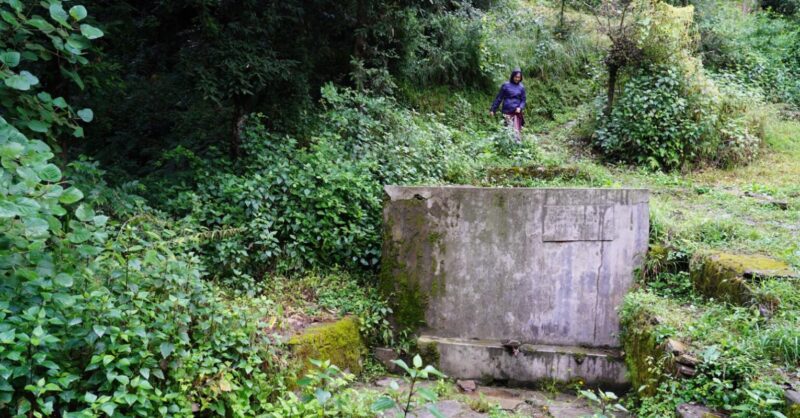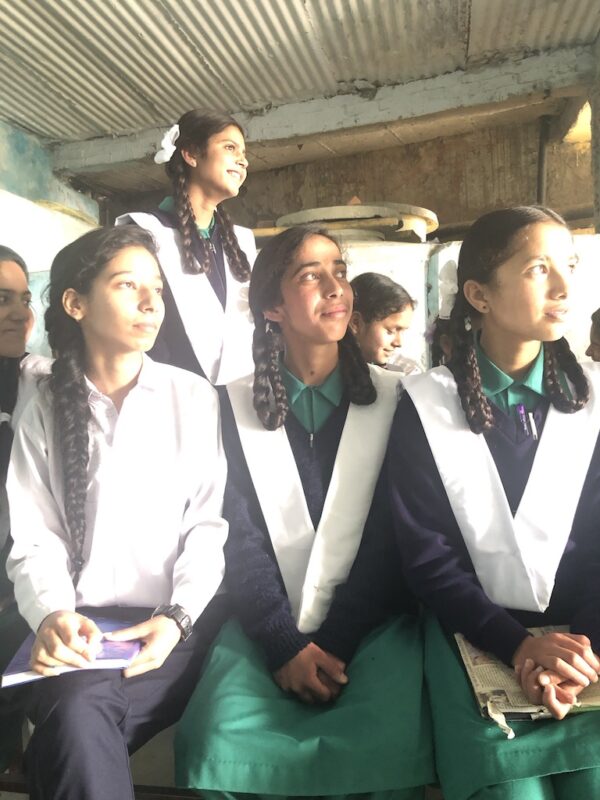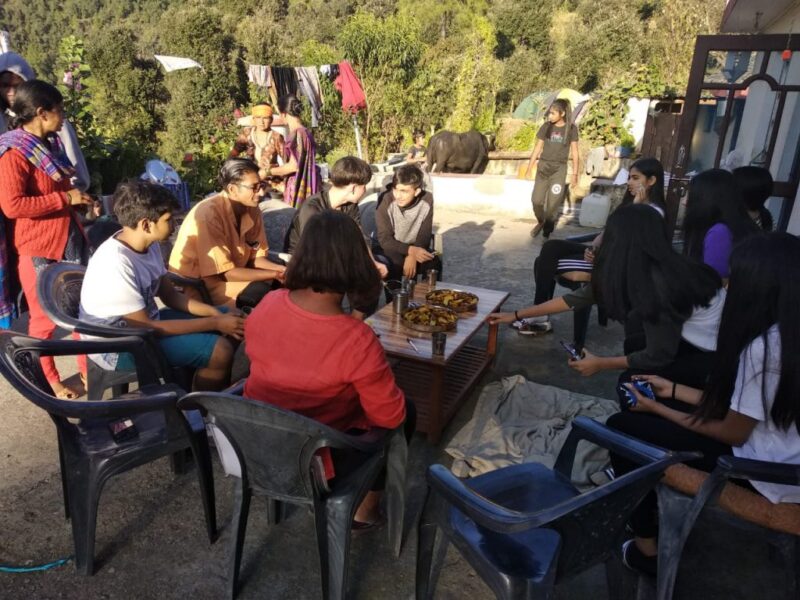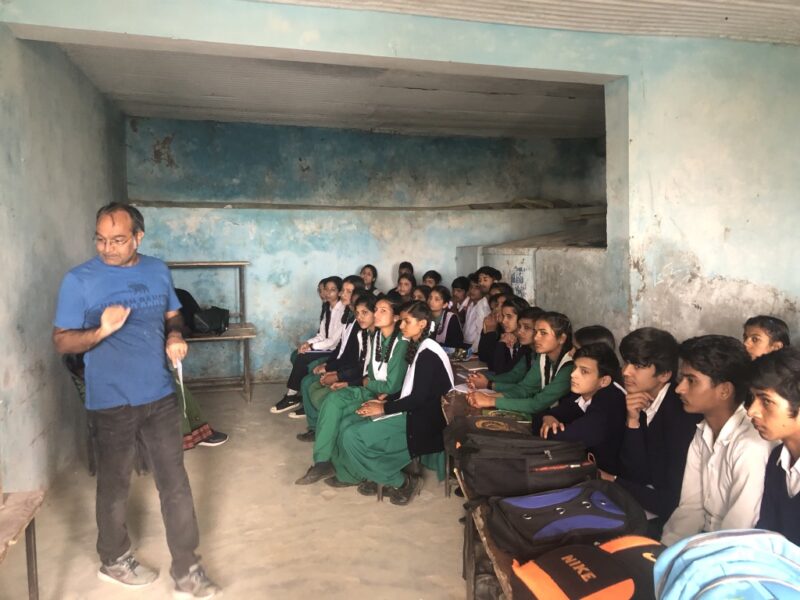The impacts of climate change in the Himalayas are real. Melting glaciers, erratic and unpredictable weather conditions, changing rainfall patterns, and increasing temperatures are impacting the people and wildlife of the region.
The Himmotthan Society works among the rural mountain communities by organizing and developing sustainable enterprises linked to livestock, agriculture, non timber forest produce, and intervening for better education, access to safe water and sanitation and energy. The reach of Himmotthan’s programmes has extended to over 75,000 households. Together with its partner organization, Himmotthan is dedicated to the vision of building prosperous and self sustained mountain communities which live in harmony and sympathy with their natural surroundings.
‘The Himalayan region, well known as the “Water Tower of Asia”, has 33,000 sq km of glaciers. Uttarakhand, situated in the western Himalayas, is richly endowed with water. Many traditional systems like Naula (little depression aquifer), Dhara (springs), Gadhera (small river tributaries), Gul (traditional irrigation canals), Chal and Khal (artificial ponds on hilltops) to collect and supply water still persist in the villages of Uttarakhand.’

A unique water museum as a part of the global water museum networks is proposed to scale this model of community led spring-shed management to influence and educate multi-stakeholders with an emphasis on water as a key element as part of sustainable development goals 2030.
The Museum intends to showcase water conservation in Indian mountain communities through interactive displays of arts, culture, science and technology.
The Kala Chaupal Trust is collaborating with Tata Trust Tourism and Himmotthan Society to create a strategic approach to the development of eco-tourism in the area of Tehri using the water culture of the region as a deep traditional knowledge base.
The project approach is to create an engaging and interactive area to drive eco tourism to the region and to influence a sensitive approach to earth, environment, culture and arts with the focal point being ‘Water’. A hub to promote Water conservation & awareness in the local community & the visiting travellers. A creative space where science meets art meets fun. A museum to showcase deep cultural links with water conservation, forest, biodiversity and environmental protection. An interaction place promoting engagement, interfaces and interactions between the local community and tourists/ visitors.
Spread over a 13,500 Sqft, it has covered spaces of about 800-1000 sqft.
The Jal Dhara physical and digital water museum is expected to be created through a transdisciplinary approach using arts, science and technology. Water heritage researches and archivals present an opportunity to study socio-cultural community practices that keep a balance with the natural environment.
A place for interactive games, installations and workshops targeted at families to view water in its different natures and partake in scientific experiments to emphasise behaviour change.


A cadre of recognized Jal Rakshaks (water protectors) from the local community

Learning labs for children, women, local farmers, community and visitors

In uncertain times where effects of climate change on water resources are alarming, and the world facing an exponential population growth, water challenges cannot be neglected. A sustainability of water resources is critical to food production, ecosystem functions and economic growth.
It is believed in Uttarakhand that Prajapati (Brahma) created water and for the protection of it created some human beings. Out of them who came forward with the slogan ‘vayam raksamah’ or ‘We shall protect’
came to be known as ‘Raksasas’. This is also similar to the derivation of the term Ksatriya by kalidas from the roots of Ksattra- To protect from destruction. (The above is an extract from the Cultural History of Uttarakhand by Prof. D.D. Sharma as part of the research fellowship awarded to him by IGNCA in 2001-2003)
Deriving from the local socio-cultural ethos, a cadre of recognized Jal Rakshaks (Water Protectors) from local communities and institutions will be inducted as walk leader. These walk leaders will be trained to educate visitors and tourists on the ‘water culture’ of the mountains.
The Western Himalayan alpine shrub and meadows ecoregion represents the Himalayan alpine meadows and shrublands between about 3,000 and 5,000 m, and to the west of the deep Kali Gandaki River gorge in central Nepal and on to the northern Indian State, Uttar Pradesh. Bare rock and ice make up one-fourth of this ecoregion and therefore has a high water retention capacity and exists as the primary source of the water for since it is the origin of many streams and rivers. More than one-fourth of this ecoregion lies in protected areas, and the rest of the region is relatively undisturbed.

It is important that all of us as part of a community come together and contribute for a better
future for us and our environment.
Code item sample content